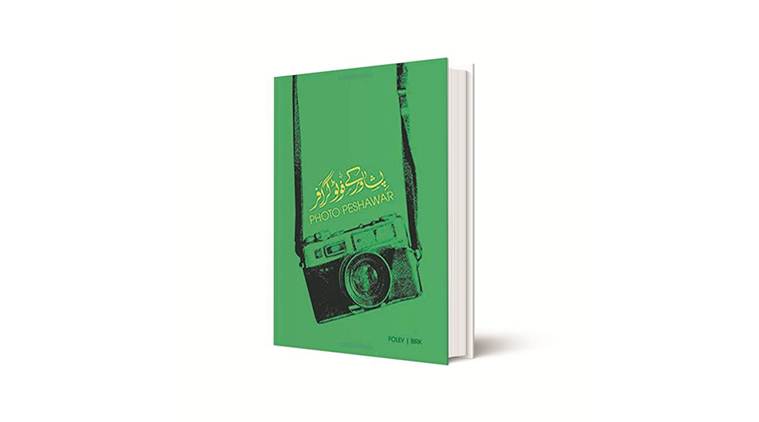Written by Rafeeq Ellias |Published: January 12, 2019 12:48:21 am
Have Camera, Will Shoot
A fascinating and important visual document of the photo culture of Peshawar.

Sean Foley and Lukas Birk
Mapin Publishing
240 Pages; Rs 1,250
Mapin Publishing
240 Pages; Rs 1,250
Before the decade of the selfie was the century of the photo studio, where life’s landmarks were recorded, where we saw ourselves in bromide mirrors, along with our dreams, fantasies and alter egos. Complicit then, instead of technology, was the photographer, invariably in a studio, but also in a tent, or itinerant on a bicycle (as in the streets of Peshawar), who tapped into the inner recesses and aspirations of his customers with beguiling elan and a rough-hewn photographic ingenuity. In those millions of glass-plate negatives and photographic prints ravaged by time, lie insights into a time, a place and a people. They are the markers, the hieroglyphics that enable us to journey back in time.
Photo Peshawar is the distillate of that journey by Sean Foley and Lukas Birk, who on their way to a follow-up trip to Afghanistan in 2005, stopped in Peshawar and “meandered at will and stumbled across all types of photographic wonders: studios still using large-format film cameras, hand colourists of black-and-white portraits, and — imagine! — paper-negative cameras on the streets.” It was a “diversion” that would bring them back to Peshawar again and again from 2012 to 2014 to explore the charming, childlike yet tenuous relationship between its people and photography.
There’s a wedding picture in the book, of a couple belonging to the now minuscule Hindu minority; ‘kalasha’ women (again, a non-Muslim minority who claim to be descendants of Alexander the Great) dancing in spring; very young Muslim girls in Western dress with short “bob cut” hair, still outside the purview of the purdah.
A different fate, however, awaits the wedding picture of a Pashtun couple, as the studio owner cuts his client’s wife out of the picture before gifting the rest of the negative to the authors of the book! Pashtun machismo is indeed omnipresent. Mountain men with thick beards and long moustaches pose with real pistols, Kalashnikovs, and, occasionally, with fake whiskey! On other pages, they slip into the arms of their favourite Hindi cinema actresses with photographic legerdemain.
For a while, montages of the film Rambo III — complete with helicopter gunships — were the go-to backdrops for Pashtun men, their faces replacing Sylvester Stallone’s, as they pounded imaginary Russians. The film struck a chord particularly with Afghan men who came as refugees to Peshawar in the wake of the Soviet invasion of Afghanistan in 1979. The predictable Pashtun swag is evident in the first Rambo picture in the book, but in the next montage, looking somewhat bewildered, is a young, pubescent Pashtun male, still on the threshold of machismo, yet replete with the larger-than-life muscles of Sly Stallone!






















No hay comentarios:
Publicar un comentario